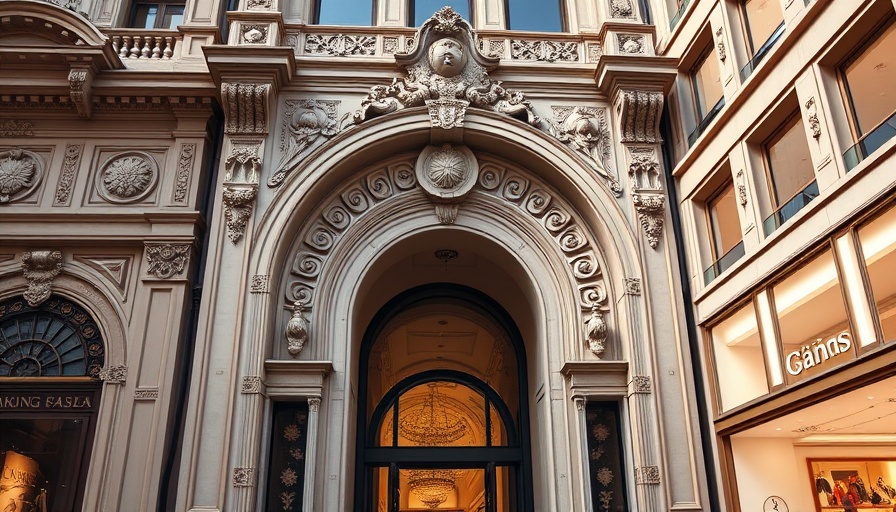
Understanding the Unique Landscape of Luxury Social Media
Luxury brands stand at a fascinating intersection of heritage and modernity. In a market driven by exclusivity, brands must navigate through the ubiquitous nature of social media that prioritizes immediacy and access. The true challenge lies in determining not just the how of participation, but in maintaining a brand's distinct identity in a crowded digital space. As we unpack this, it becomes clear that merely being visible is far from sufficient; content must be meaningful and rich in context.
The Power of Content in Luxury Branding
Unlike mass-market brands, luxury brands cultivate their positions on the essence of meaning rather than scale. Each piece of content produced isn’t just a pixel on the screen but a statement of values and craftsmanship. In fact, content is the real performance driver. As noted in the original piece, poorly conceptualized content can erode brand equity, whereas expertly crafted posts could enhance it. For instance, a luxury watch brand might deploy imagery that does not just show the product, but tells a story about the artisan behind the scenes or evokes a connection with a lifestyle that resonates with their audience.
Comparing Mass Brands and Luxury Brands
The strategy between mass-produced brands and luxury providers could not be more different. Mass brands might thrive on algorithms that favor frequency and volume, while luxury brands excel in curation and storytelling. This creates a unique challenge for luxury brands: how can they harness the ubiquitous nature of social media without compromising their essence? The answer may lie in the selective sharing of exclusive content that provides insight into their heritage without diluting their market positioning.
Future Trends: The Evolution of Luxury Content
Looking ahead, the future of content for luxury brands is bound to evolve further. Social media platforms are continuously changing their algorithms, and brands must stay adept and flexible. The trend towards personalization will also be crucial—brands that can create tailored content for targeted segments while retaining their exclusivity will likely thrive. Moreover, as consumers increasingly seek authenticity, luxury brands have a chance to shine through transparency, showing not just the end product but the brand’s journey, aligning with consumers' values.
Risks and Opportunities in the Digital Space
Embracing social media does not come without risks. Luxury brands are constantly faced with the challenge of cyberstalking their reputation while engaging their audience and fostering engagement without inciting negative backlash. Ironically, while striving for exclusivity, brands may inadvertently invite democratization of their image by oversharing or failing to curate their content. Therefore, the strategic management of how content is perceived—and the storytelling behind it—becomes vital.
Conclusion
In an era driven by social narratives, luxury brands must become proactive storytellers—curating, crafting, and crafting messages that reflect their values and histories while adapting to the ever-changing landscape of social media. As the conversation on luxury branding continues to evolve, understanding the fundamental role of content will shape the strategies that these brands employ to resonate with consumers worldwide. It’s time for luxury brands to strengthen their identity through the art of purposeful content creation.
 Add Row
Add Row  Add
Add 




Write A Comment